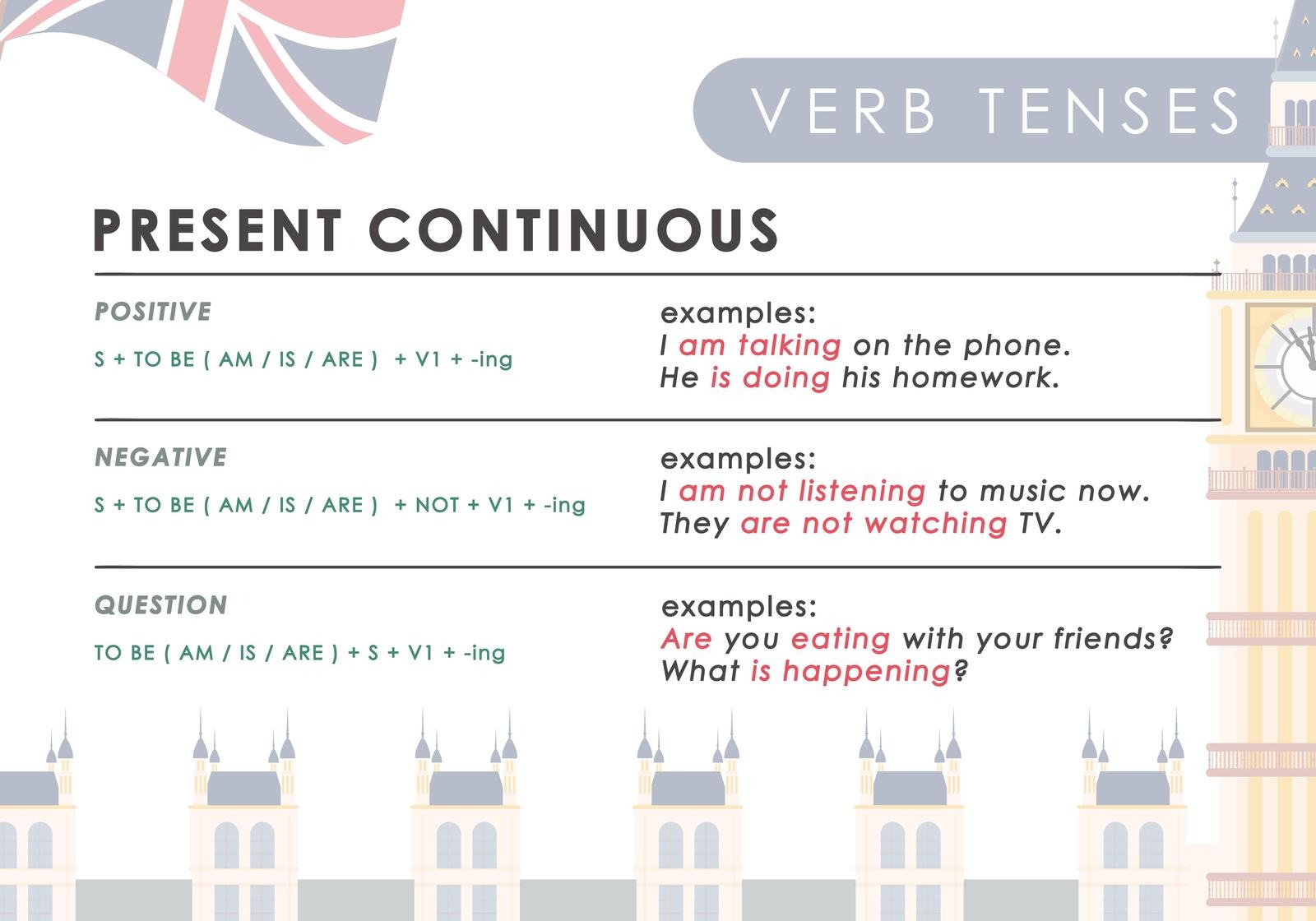
Mastering the Present Continuous Tense: A Comprehensive Guide for English Learners Introduction
The English language offers a variety of tenses to express actions and states at different points in time. One of the most versatile and commonly used tenses is the present continuous tense. Whether you're a beginner or an advanced English learner, mastering the nuances of the present continuous tense can greatly enhance your ability to communicate effectively. In this guide, we'll delve into the intricacies of the present continuous tense, providing you with a comprehensive understanding and practical tips to use it confidently in your everyday conversations.
Understanding the Present Continuous Tense
The present continuous tense, also known as the present progressive tense, is used to describe actions that are happening right now or are in progress at the moment of speaking. It adds a dynamic element to your communication, allowing you to convey not just the action itself but also its ongoing nature.

Forming the Present Continuous Tense
To form the present continuous tense, you need two components: the present tense of the verb "to be" and the present participle (-ing form) of the main verb.
- Affirmative Form:
- Subject + present form of "to be" (am/are/is) + present participle (-ing form of the main verb).
Examples:
- I am studying for my exams.
- She is working on a new project.
- We are enjoying our vacation.
- Negative Form:
- Subject + present form of "to be" (am/are/is) + not + present participle (-ing form of the main verb).
Examples:
- They are not watching TV right now.
- He is not playing video games.
- She is not attending the meeting.
- Interrogative Form:
- Present form of "to be" (am/are/is) + subject + present participle (-ing form of the main verb)?
Examples:
- Are you studying for your exams?
- Is she working on a new project?
- Are we enjoying our vacation?

Common Uses of the Present Continuous Tense
- Actions Happening Now:
- I am writing this blog.
- They are discussing the project in the conference room.
- Temporary Actions:
- She is living in London for a few months.
- We are staying at a hotel while our house is being renovated.
- Future Plans:
- I am meeting a friend for lunch tomorrow.
- They are flying to Paris next week.
Tips for Using the Present Continuous Tense Effectively
- Be Mindful of Time Expressions:
- Use words like "now," "at the moment," "currently," or "right now" to emphasize the ongoing nature of the action.
- Avoid Common Mistakes:
- Don't forget to use the present participle (-ing form) of the main verb.
- Pay attention to the correct form of the verb "to be" (am/are/is) according to the subject.
- Practice Regularly:
- Engage in conversation, write sentences, and practice using the present continuous tense to reinforce your understanding.
Conclusion
Mastering the present continuous tense opens up a world of expressive possibilities in English communication. Whether you're describing your current activities, making plans, or discussing temporary situations, this versatile tense allows you to convey the dynamic nature of the world around you. With regular practice and attention to detail, you'll soon find yourself using the present continuous tense with confidence and precision in your language skills.
Post a comment